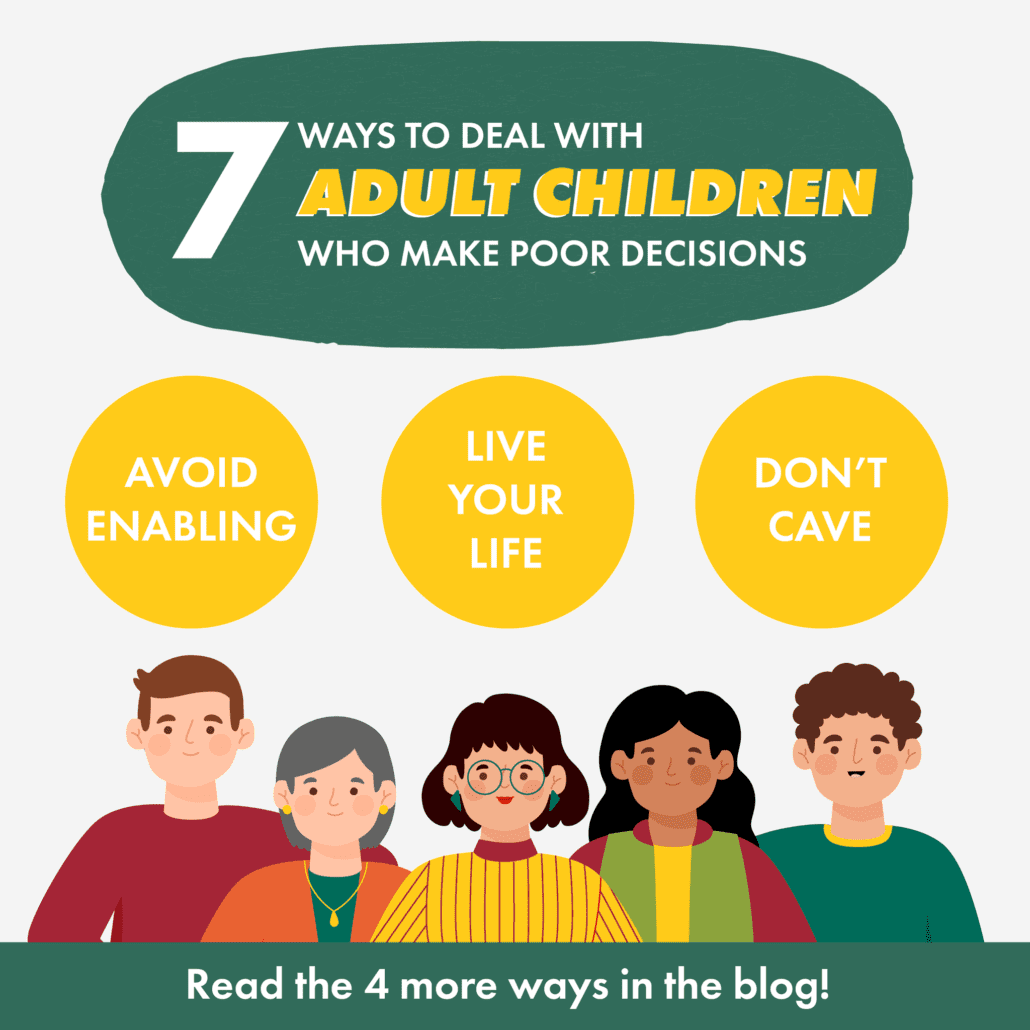My husband bathes our son and gets him ready for bed almost every night. He also feeds him breakfast and gets him prepared for school most mornings. While I cook dinner or finish some last-minute work tasks, my husband will take our son to the park to kick the soccer ball or engage in his favorite activity of all time–wrestling.
I often hear comments such as, “Wow, your husband is a super-involved dad.” And they’re right. He is super involved, especially in comparison to previous generations.
It’s no surprise, in today’s rapidly changing society traditional gender roles have evolved.
This evolution has created a glaringly positive outcome: Fathers are more actively involved in raising their children than ever before. According to a 2019 Pew Research study, Dads of our current generation are spending three times more time with their children than they did 50 years ago. This increase in time also includes a more hands-on approach than previous generations. Over half the dads in the study reported they spend an hour or more per day playing with and caring for their children.
Why is it so important for dads to be involved in their child’s life?
Decades of research give us four key reasons:
1. Dads are the key to a child’s emotional development.
Fathers contribute significantly to the emotional well-being of their children. A study published in the Journey of Family Psychology found children who have positive relationships with their fathers have fewer behavioral problems, better social skills and enhanced emotional regulation compared to those with distant or absent fathers. Plus, father-child interactions promote empathy, self-control, and emotional intelligence in children, providing them with valuable skills that are essential for navigating future relationships and managing their emotions effectively.
2. Dads impact their child’s education and achievement.
The National Center for Education Statistics revealed that children with actively engaged Fathers have higher levels of academic achievement, improved cognitive skills, and increased interest in education. Father-child interactions, such as reading together and providing academic support, have been linked to improved language development, enhanced problem-solving skills, and a desire for continued learning throughout life.
3. Dads play a pivotal role in a child’s mental health.
The presence of a caring and involved father figure is closely linked to improved mental health in children. A comprehensive meta-analysis published in the Journal of Family Psychology revealed children with engaged fathers have higher self-esteem, increased self-confidence, and lower rates of depression and anxiety. The emotional support, encouragement, and guidance provided by dads foster resilience and help children navigate life’s challenges.
4. Dad’s presence influences their child to make better decisions.
Actively engaged fathers are shown to directly impact risky behaviors in teens and young adults. Studies published in the Journal of Marriage and Family and the Journal of Adolescent Health reveal fathers who are involved in their child’s life are associated with lower rates of substance abuse, teen pregnancy, and criminal behavior. According to the research, when dad is present, children feel they have an even stronger support system, firmer boundaries, and a deeper responsibility for the decisions they make.
This Father’s Day, let’s not only celebrate dads for all they’re doing, but support them in their nurturing role. It’s crucial for us as a society to recognize the importance of dads and to promote their involvement in the formation of a more inclusive and harmonious society. Together, we can celebrate and value the irreplaceable role of fathers in shaping the future generation.
Sources:
Livingston & Parker. (2019). 8 Facts About American Dads.


